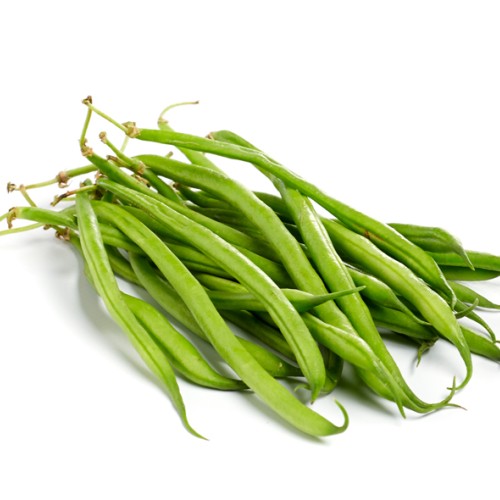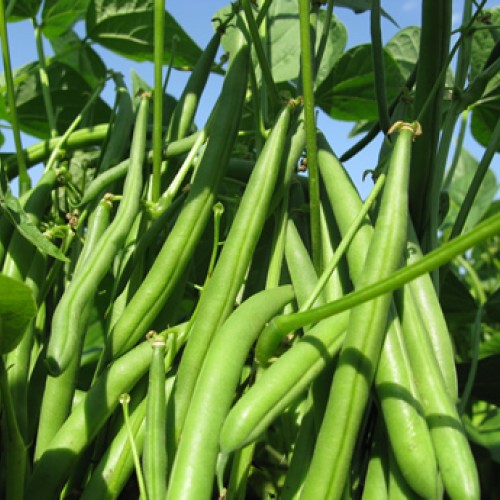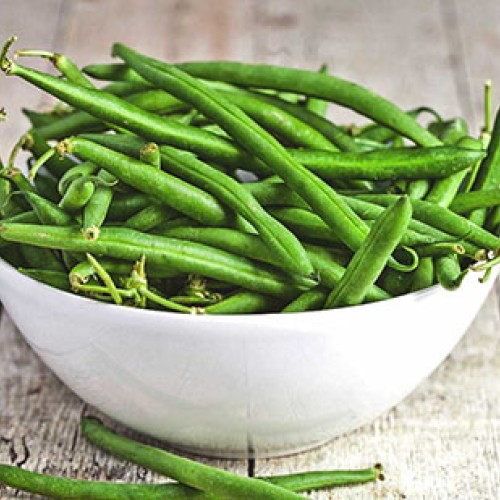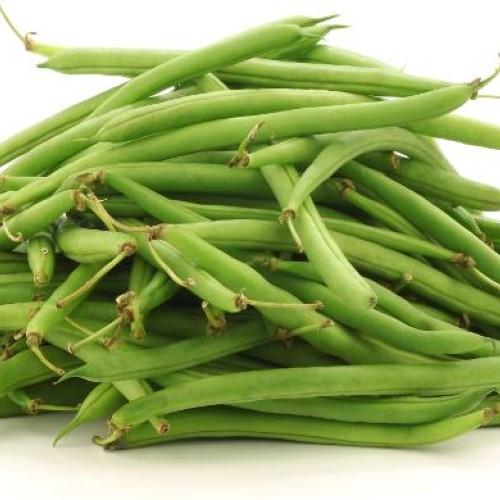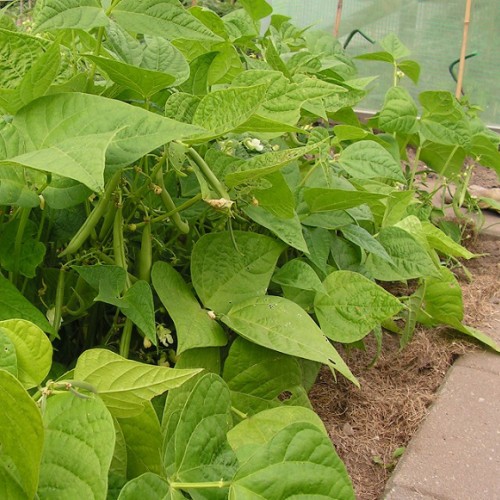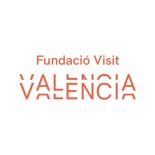Princess beans - Vegetable of the year 2019
Princess beans or also known as green beans, belong to the butterfly family and are a leguminous plant just like peas. Beans were only brought in after 1550 in our regions from Peru and the south of the USA. These heat-loving plants offer a huge variety of varieties. In Flanders, especially the princess and string beans are eaten. Dry beans are much less popular, although they contain large amounts of high quality protein.
The fruit is a pod, elongated, straight or curved. Depending on the variety, the pod can be smooth or rough, hard or soft. The pods contain ovoid to kidney-shaped seeds. Immature pods have a fleshy fruit wall. At full maturity it becomes thin and flaky.
With princess beans, the pod is left intact and stewed in its entirety. They are also called green beans, green beans or sometimes also gentleman beans. Butter beans or wax beans are princess beans with yellow pods. The species diversity is enormous within the group of princess beans. Princess beans have white, green or brown seeds.
Because green beans are picked young, they have less nutritional value than other legumes. Yet they contain a lot of vitamin A, potassium, iron and calcium.
Princess beans are not suitable for eating raw. In raw beans and legumes naturally occurs a toxic substance that becomes ineffective by cooking the beans. Beans in pot and can and from the freezer are no longer raw.
Wash the beans before use, cut or break the dots off and break them if necessary. Beans can be blanched, cooked, stewed, steamed and processed cold in a salad.
